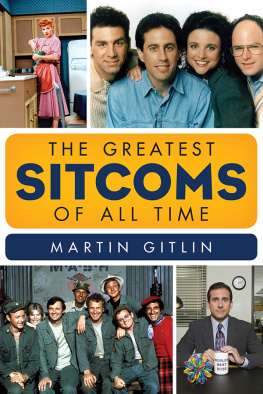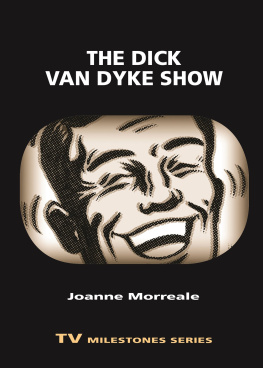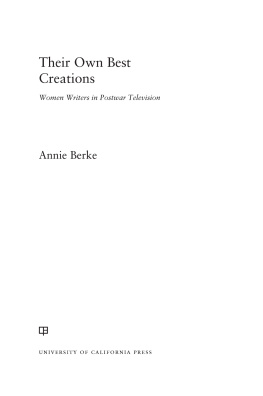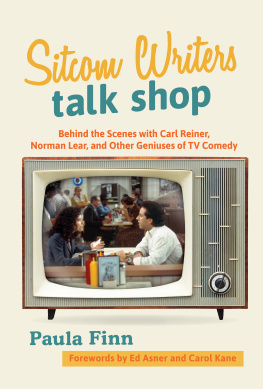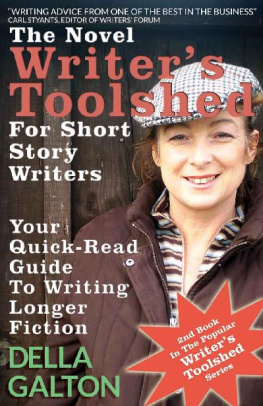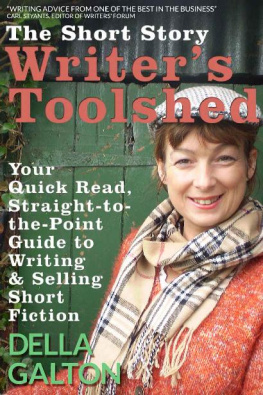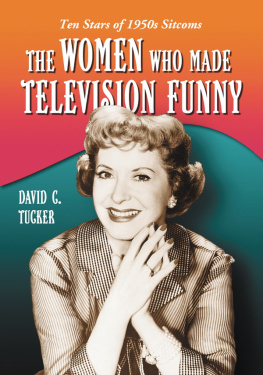

First published in Great Britain in 2011 by
Michael OMara Books Limited
9 Lion Yard
Tremadoc Road
London SW4 7NQ
Copyright:
Script extracts Ray Galton and Alan Simpson 2011
Commentary Christopher Stevens 2011
The right of Ray Galton, Alan Simpson and Christopher Stevens to be identified as the authors of this work has been asserted by them in accordance with the Copyright, Designs and Patents Act 1988.
All pictures courtesy of Ray Galton and Alan Simpson, and reproduced with their kind permission, except: page 2 (top), page 5 (top) and page 7 (top) BBC; page 2 (bottom) Barratts/S & G Barratt/EMPICS/PA Images; page 4 (top) Topfoto.co.uk; and page 6 (bottom) George Konig/Rex Features. Cover images BBC.
All rights reserved. You may not copy, store, distribute, transmit, reproduce or otherwise make available this publication (or any part of it) in any form, or by any means (electronic, digital, optical, mechanical, photocopying, recording or otherwise), without the prior written permission of the publisher. Any person who does any unauthorized act in relation to this publication may be liable to criminal prosecution and civil claims for damages.
A CIP catalogue record for this book is available from the British Library.
Papers used by Michael OMara Books Limited are natural, recyclable products made from wood grown in sustainable forests. The manufacturing processes conform to the environmental regulations of the country of origin.
ISBN: 978-1-84317-633-6 in hardback print format
ISBN: 978-1-84317-773-9 in EPub format
ISBN: 978-1-84317-774-6 in Mobipocket format
1 3 5 7 9 10 8 6 4 2
Designed and typeset by e-type
Plate section designed by Deep Rehal
Printed and bound by CPI Group (UK) Ltd, Croydon, CR0 4YY
www.mombooks.com
To Dr Margaret Peggy Shackles, who, as Assistant Physician at Surrey County Sanatorium in Milford, was our doctor in the late 1940s. Without her, we might not have survived to do any of this.
Compilers Note
I n the basement of Ray Galtons home in west London, two rows of filing cabinets stand on the stone floor of a former pantry. These metal drawers contain all the scripts that Ray and his writing partner, Alan Simpson, have stockpiled since the beginning of their career in 1951, as well as innumerable newspaper cuttings.
The house is close to the Thames. The first time I saw the archive, an obvious question leapt into my head, and I asked it: What happens if the river floods?
Alan and Ray glanced at each other, and then looked at me kindly, as if I was simple-minded. Speaking together, they said: They get wet.
That incident tells you a lot about Galton and Simpson, the fathers of sitcom and two of the most influential scriptwriters in television history. They are effortlessly funny; they seem to share thoughts before they speak; they have always known the importance of preserving their work, even when the BBC was busily wiping their tapes; they regard life with an amused nonchalance.
Nonchalance is much healthier, of course, than neurosis, but it is also less effective in staking out a literary reputation. When I began to compile the extracts and conduct the interviews for this book, three years ago, it was one of my contentions that Galton and Simpson were, alongside Wodehouse, the greatest comic writers of the twentieth century. They had changed the way the nation spoke, and created a new genre of comedy. Ray and Alan refused to admit as much, and sometimes looked uncomfortable when I claimed it for them.
Since the day we embarked on the book, I have been insisting it should be called The Men Who Invented Sitcom. I believe thats an accurate summary of their achievement. Ray and Alan, whose genuine modesty and absence of ego are plain to anyone who meets them, have been arguing with me for three years that sitcom began with Shakespeare, if not earlier. Which of us is right, the reader will have to decide.
All the excerpts in this book are taken from the scripts, and not the broadcasts. Ray and Alan kept copies of all their 600 scripts, sometimes in multiple drafts: the typed originals with their pencil annotations, the clean copies, the rehearsal scripts, the copies that had been adorned with doodles by TV production staff. Where possible, I used final drafts, the versions that Tony Hancock and Sid James, or Harry H. Corbett and Wilfrid Brambell, would have worked from. In every case, I have transcribed what is on the page; in some cases, this is different from what was actually broadcast, if the performer ad libbed, or fluffed, or skipped a line.
The sheer scale of Galton and Simpsons output, and the impossibly high standards of writing they maintained throughout their career, have meant many harsh decisions have been made in the editing. If an extract from your favourite episode of Hancocks Half Hour or Steptoe and Son has been omitted, I am sorry. I have been guided in my selection by three principles:
to demonstrate how the sitcom genre developed, from comic sketches in radio variety shows to dramatic, emotional confrontations on television; |
to illustrate the many different elements of the Hancock and Steptoe characters; |
to include as much unseen material as possible especially the development of Hancock before the Half Hours; the many lost episodes of Tony Hancocks radio and television shows; the extraordinary film script, The Day Off, that Hancock refused to make; the sixteen Comedy Playhouses that expanded the boundaries of sitcom; and a lost Steptoe Christmas Special. |
These criteria meant limitations had to be imposed on other material. In order to focus on the early development of situation comedy, we decided reluctantly not to include extracts from Galton and Simpsons Hollywood movies, nor from the seventies TV series such as Clochemerle and Dawsons Weekly, and to reproduce only token extracts from the later, better known Steptoes and from Ray and Alans last two series of Playhouse-style programmes.
The commentaries that link the extracts are based on extensive conversations with Alan and Ray, as well as on numerous interviews with surviving actors from the shows and with others who knew the stars, and also with contemporary sitcom writers and aficionados. The opinions expressed in these commentaries are, of course, my own.
Christopher Stevens
Introduction
W hen I discovered Tony Hancock, I was eight years old. His face peered out from a record sleeve in a stack of my fathers LPs: on the front cover, a man with basset hound features all bloodshot eyes and drooping jowls stared at the camera with an air of grievance. He looked like hed had rotten luck and was expecting it to get worse. It did; by 1972 he had been dead for four years.
I already knew a little bit about another comedy by Hancocks scriptwriters, because on Monday evenings my parents allowed me to stay up to hear the music that opened Steptoe and Son. I couldnt watch the show: I was always sent to bed. Steptoe contained language, and I was too young for that. But Hancock contained language too wonderful language and I first encountered it on the back sleeve of that album. Below the titles, The Blood Donor and The Radio Ham, there were two columns of notes. I had never read anything quite like it:
Record lovers already entranced by the breathtaking translucency of
Next page

